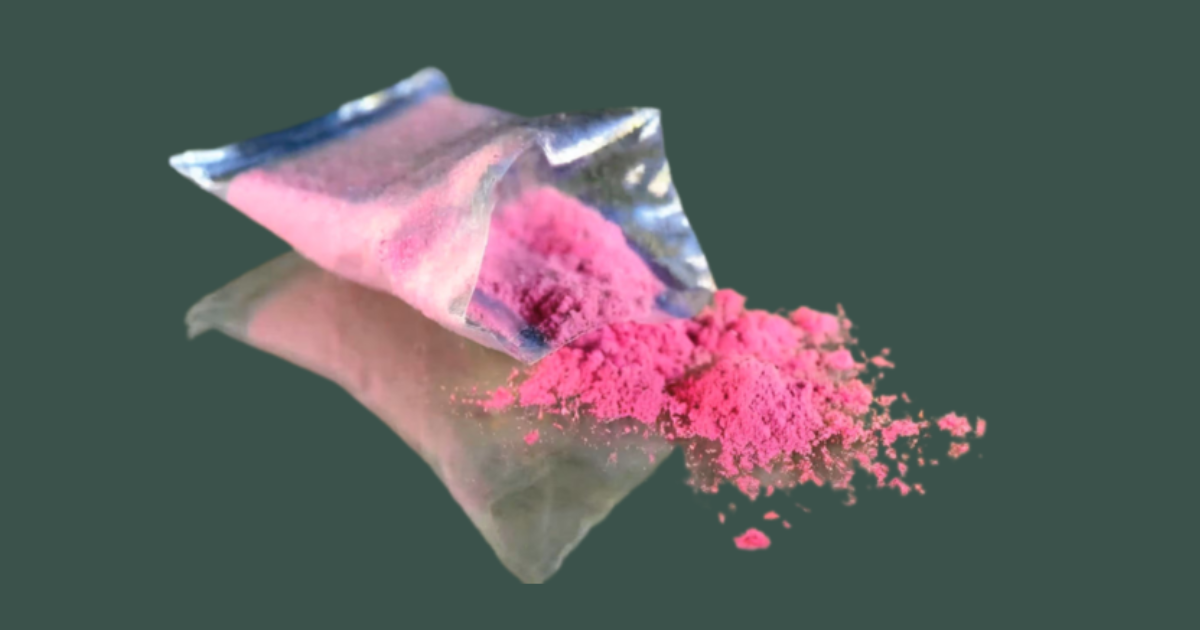The Matrix Intensive Outpatient Treatment for addiction is a multi-layered, 16-week program that treats addiction and drug abuse, particularly those struggling with stimulant addiction. It focuses on incorporating a series of evidence-based treatments. The Matrix Model is often used to treat addiction to stimulants like cocaine and methamphetamine. This highly structured Matrix Model of treatment increases the chances of success among people battling addiction.
What Does The Matrix Model Include?
The Matrix Intensive Outpatient Treatment for stimulant addiction integrates different therapies that have proven successful in treating addicts. The Matrix Model includes but is not limited to the following:
Individual and Group Psychotherapy
You will typically go through one-on-one psychotherapy sessions with a psychotherapist that equips you to decrease your reliance on drugs and adopt healthier coping mechanisms. You will also go through group psychotherapy sessions with other people who are also battling substance abuse disorder.
Cognitive Behavioral Therapy (CBT)
CBT helps addicts understand the correlation between thoughts, feelings, and actions. This helps increase awareness about how negative thinking patterns lead to dependency on drugs, and how to fight them. CBT is highly effective in treating addictive habits like alcohol and substance abuse.
Relapse Prevention
Relapse prevention identifies triggers and stressors that could lead to a drug relapse. It then works towards ensuring that individuals maintain the preferred changes in behavior.
12-Step Facilitation Therapy
This is an engagement strategy that centers on acceptance (that drug abuse is a disease that hampers normal functioning), surrender (acceptance of support), and engagement (in 12 steps, including self-help that promotes abstinence.)
Contingency Management
This is a viable treatment plan that provides instant financial rewards (vouchers, cash prizes, etc.) to people who maintain abstinence from alcohol and substance use to reinforce this behavior.
Random Drug Tests
Weekly drug tests ensure that clients maintain sobriety. They would then be rewarded in case of abstinence.
Drug Education
Clients are educated about the dangers of prolonged drug abuse.
Family Therapy and Social Groups
The family is advised on how to treat the client, so they don’t sabotage the recovery process. Social support makes the ordeal easier.
Stages of the Matrix Model
The matrix of addiction could be divided into the following stages:
Withdrawal
The withdrawal stage spans between 1 to 15 days. At the most intense stage, clients tend to experience withdrawal symptoms that could range from mild to severe. During this time, clients might also attend early recovery groups, along with individual, group, and family therapy. They learn relapse prevention and may undergo at least two 12-step group meetings.
Early Abstinence
During days 16 to 45, physical withdrawal symptoms may subside, but clients should relax and let off treatment. They still might experience psychological symptoms that could incur the risk of relapse. On day 36, the Matrix Model addiction treatment becomes more relaxed. It may shift clients from intense therapy to support groups.
Prolonged Abstinence
Clients might hit a ‘wall’ when they feel there is no use in the treatment anymore. They may still experience certain lingering withdrawal symptoms. During this phase, treatments continue to prevent relapse.
Readjustment
After day 120, you will experience after-care as relapse can happen anytime.
Benefits of the Matrix Model for Substance Abuse
The Matrix Matrix Intensive Outpatient Treatment for stimulant addiction boasts a high success rate. It follows the belief that when it comes to addiction treatment, there is no one-size-fits-all approach. Every client needs a different therapy method, and that’s exactly what this rigorous, intense process provides.
This comprehensive yet easy-to-follow manual educates patients about the harms of addiction. This follows effective behavioral therapy that allows patients to overcome this battle. The other methods further solidify the recovery process, ensuring minimal to no chances of relapse with relapse prevention.







